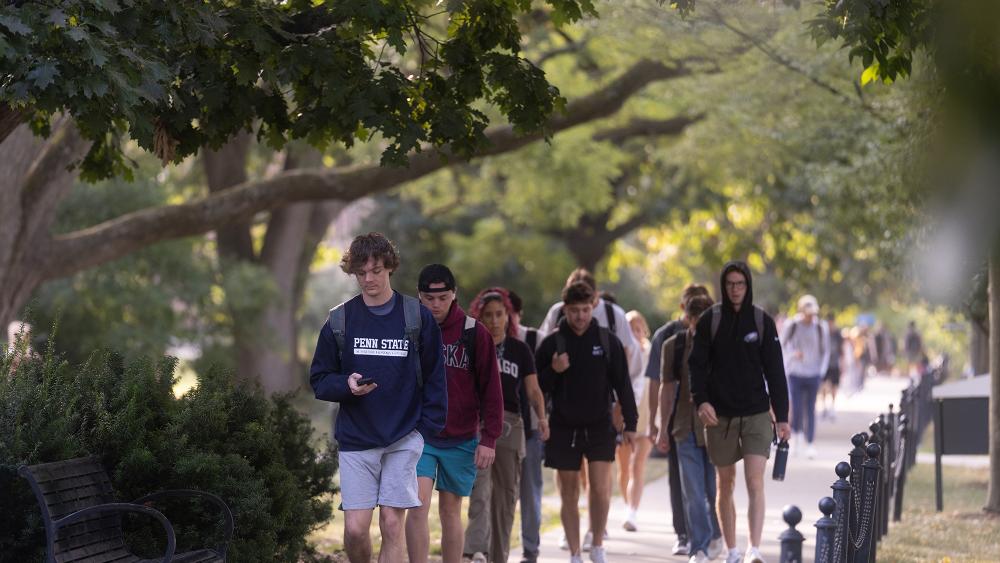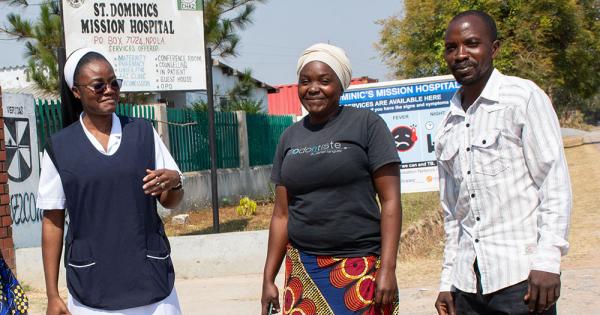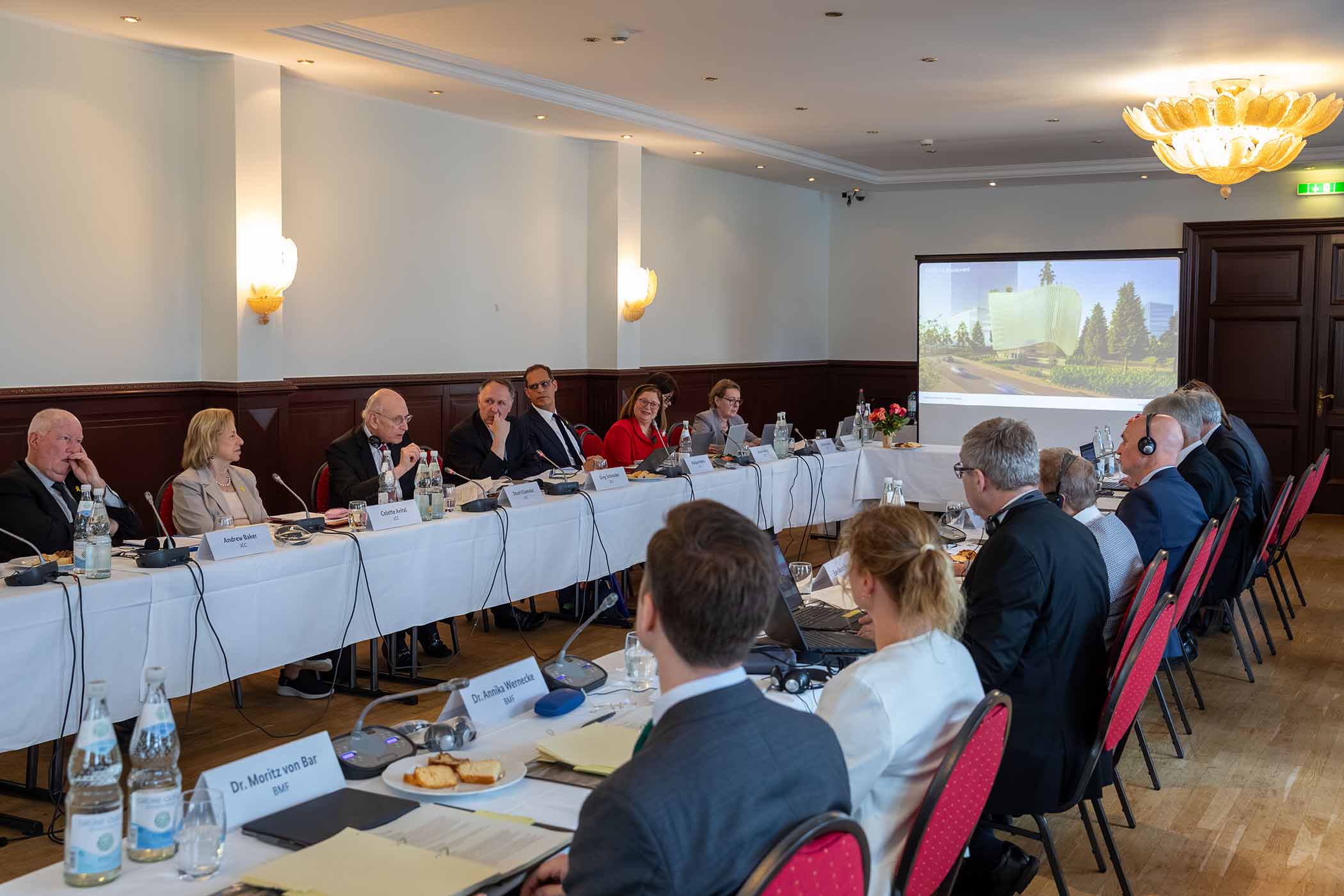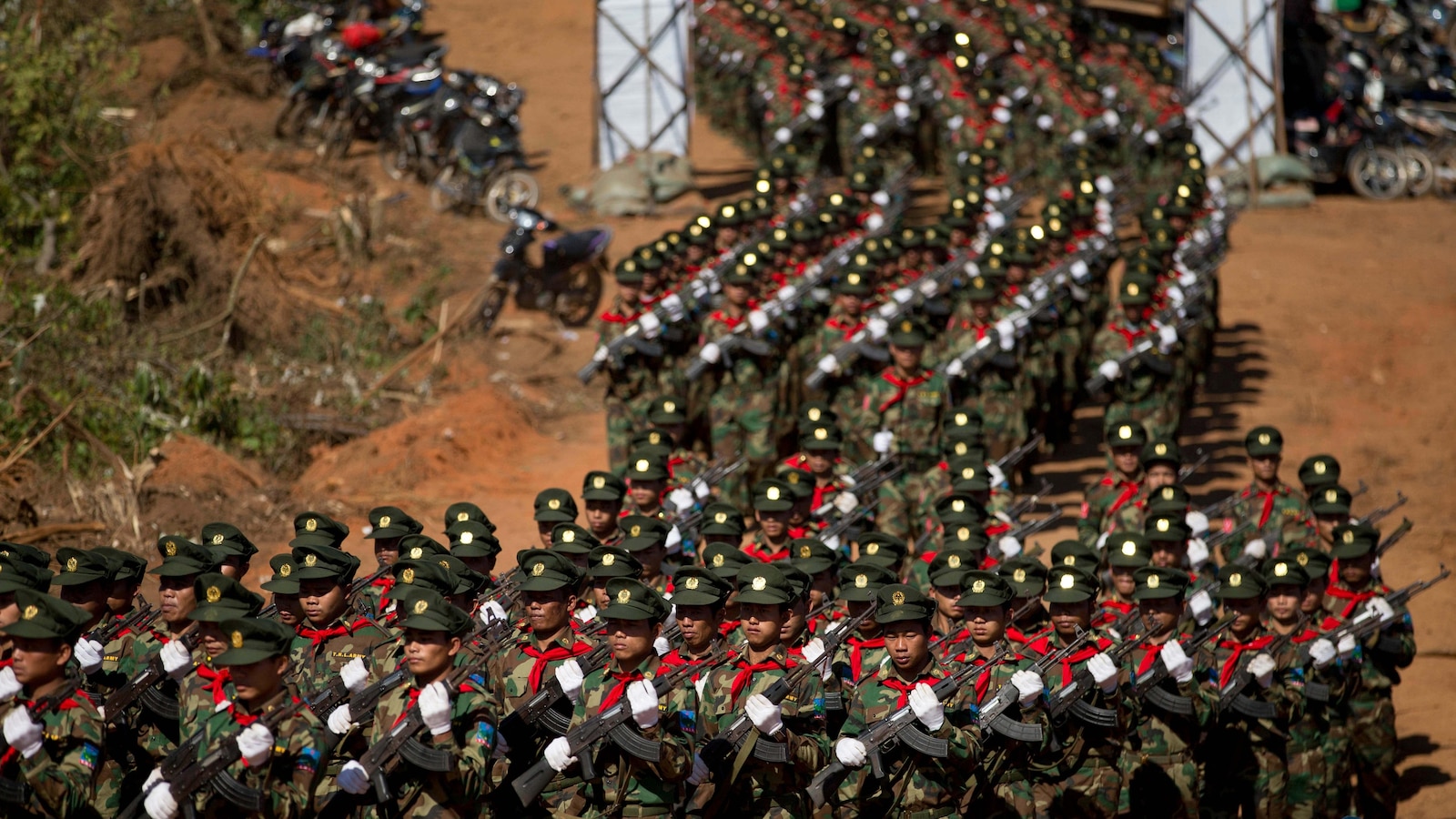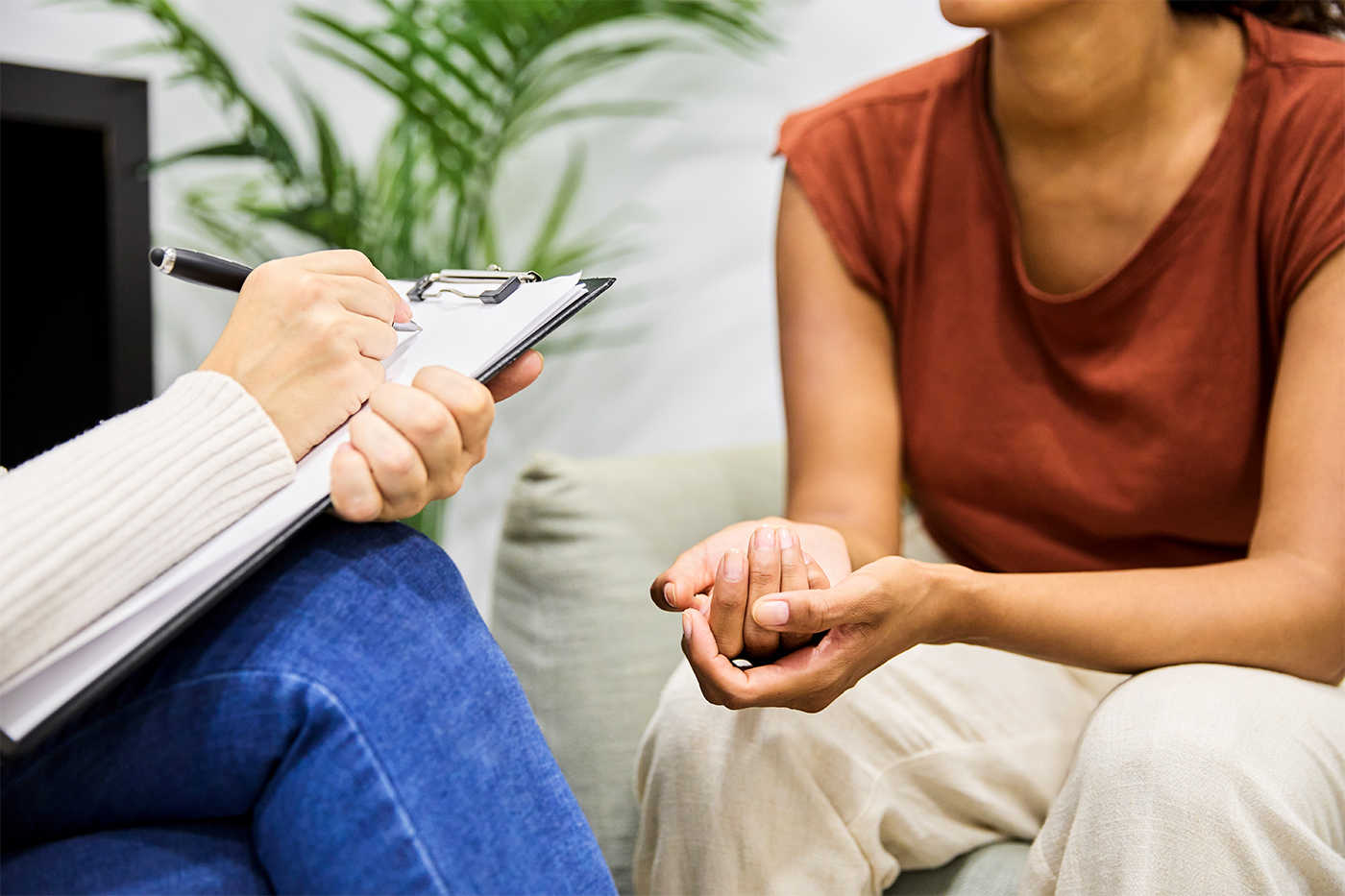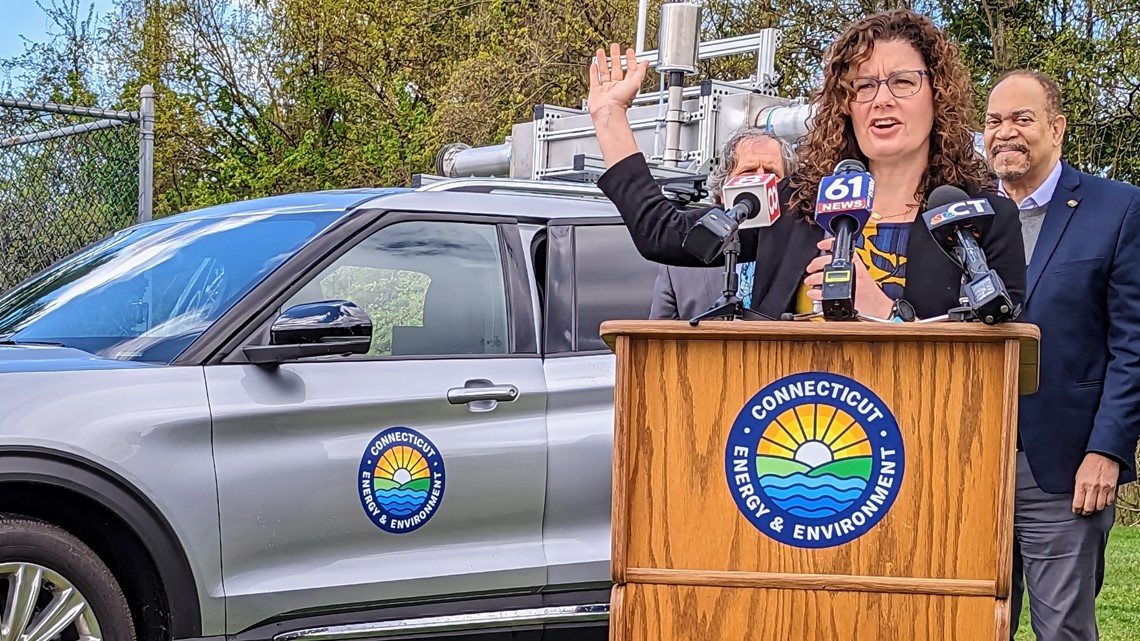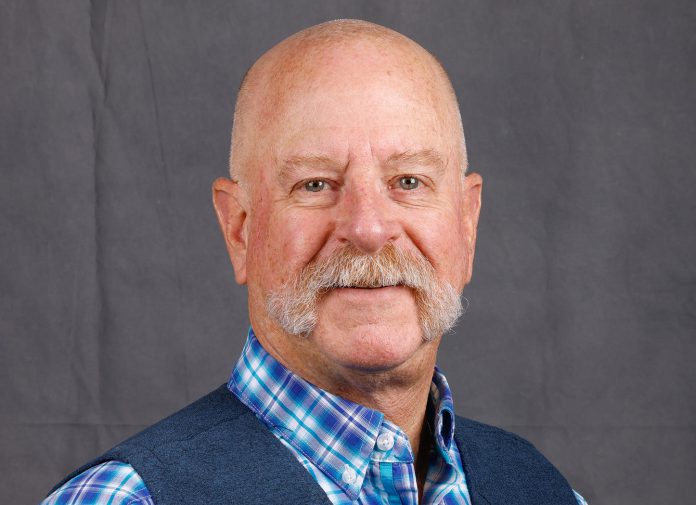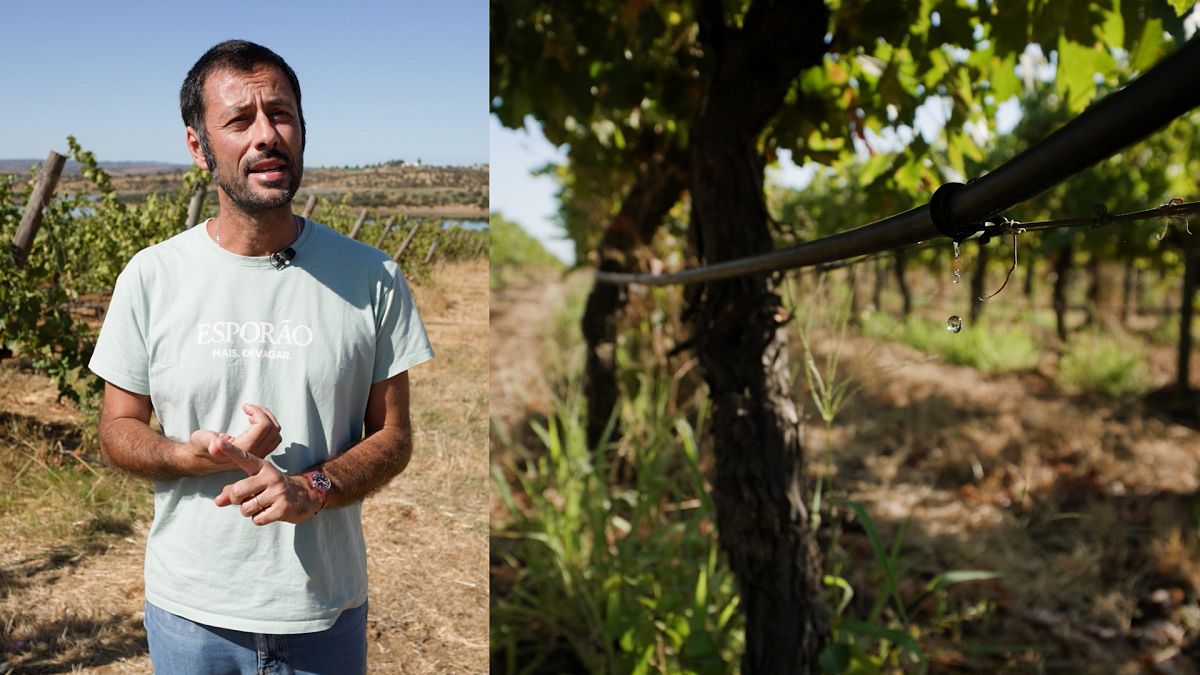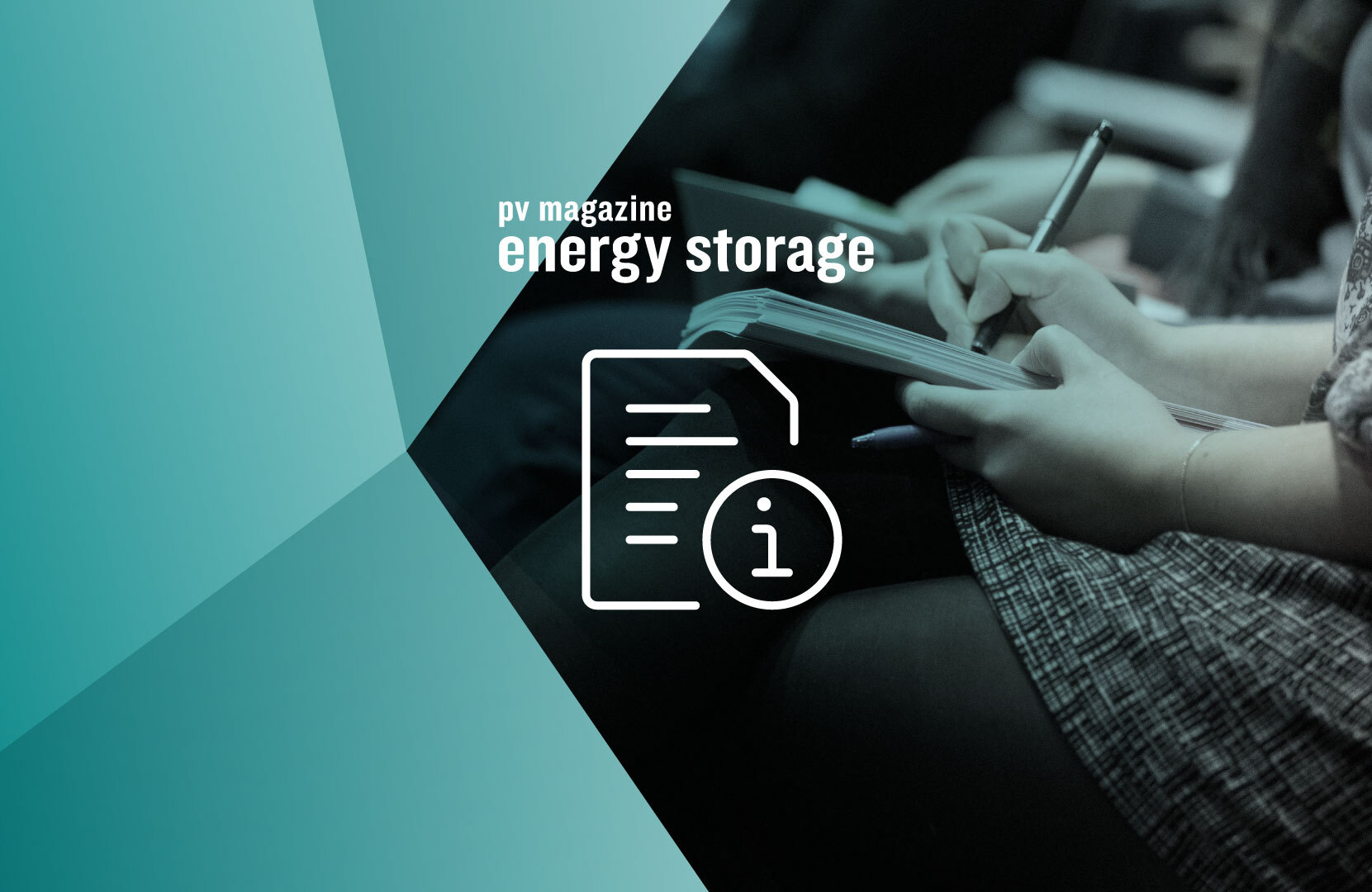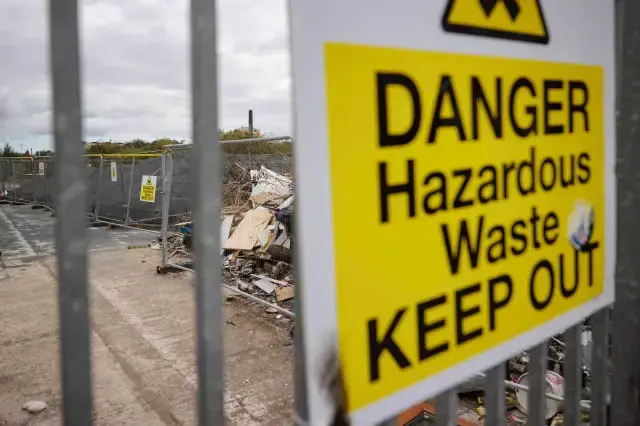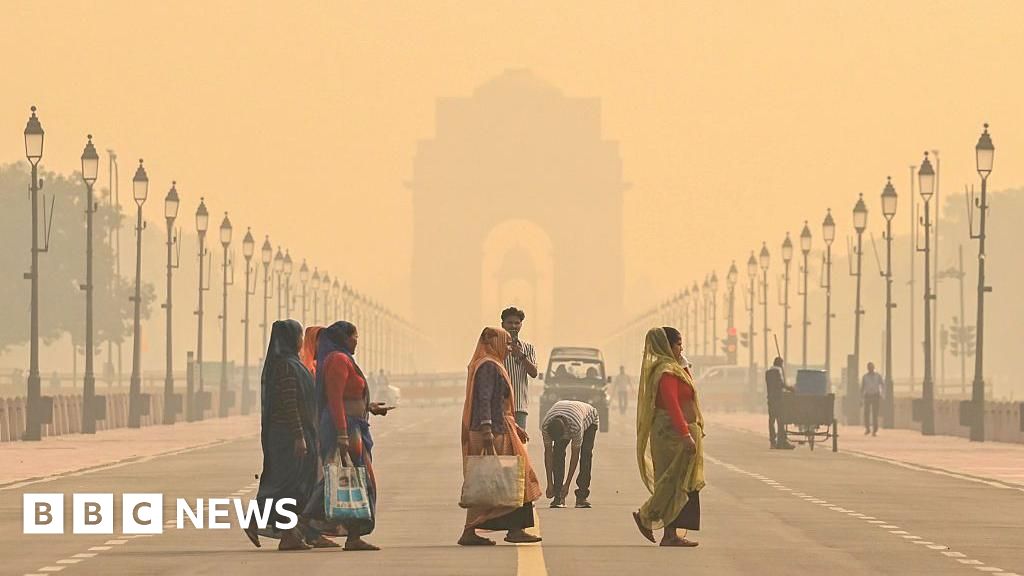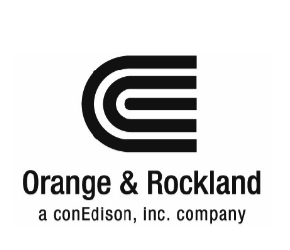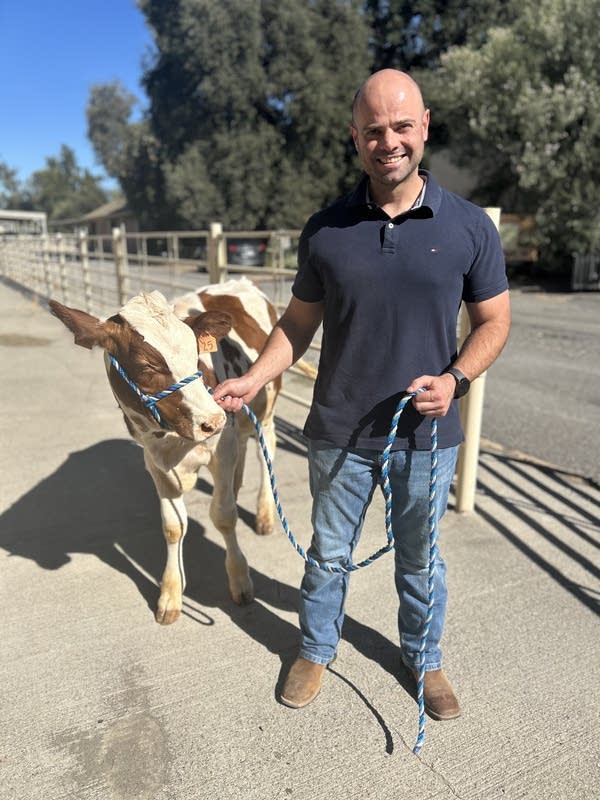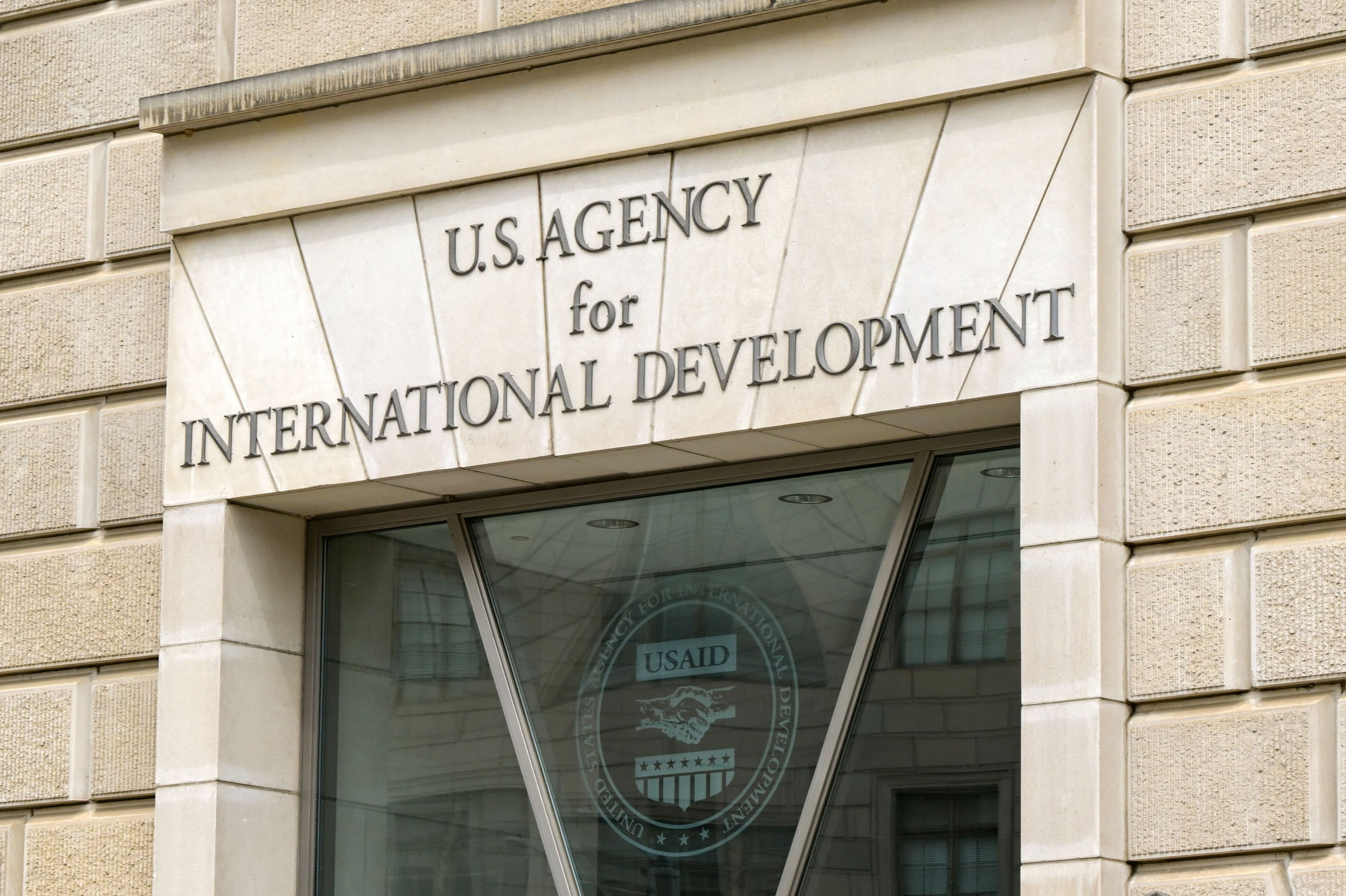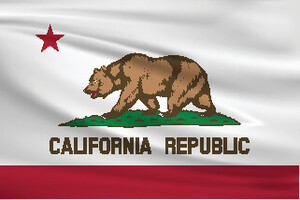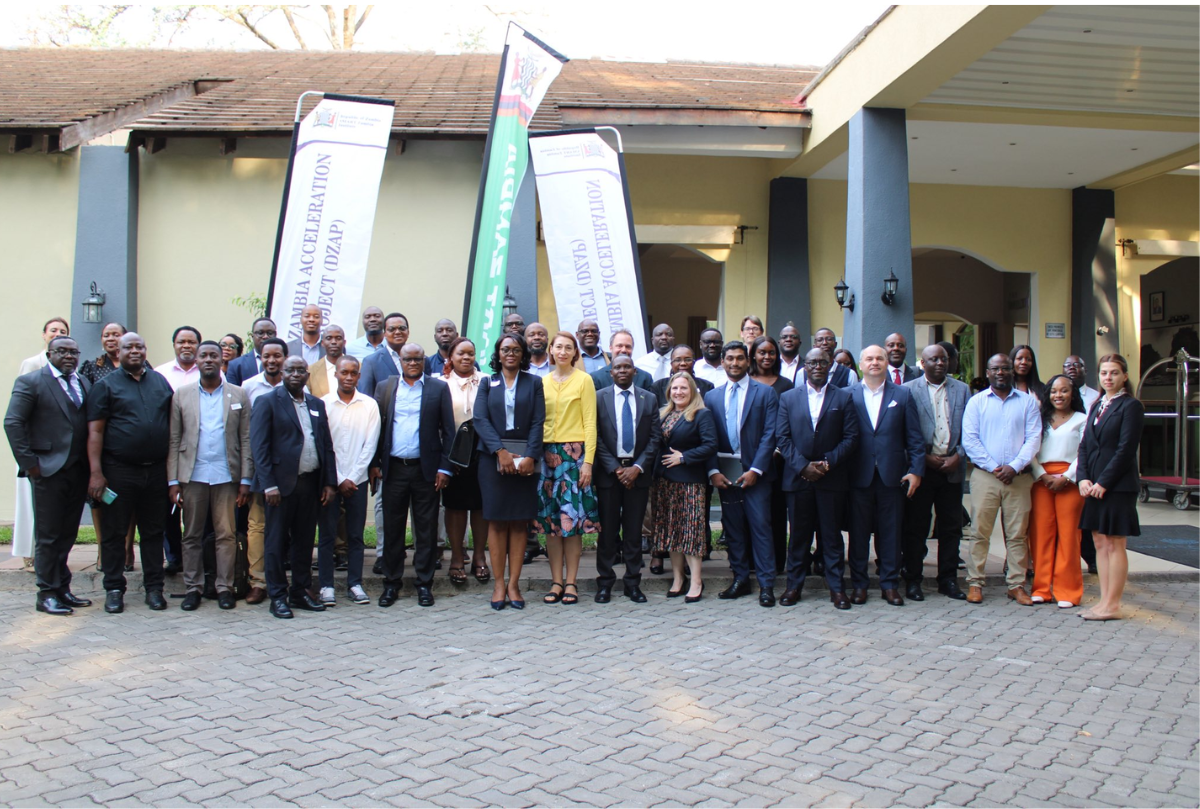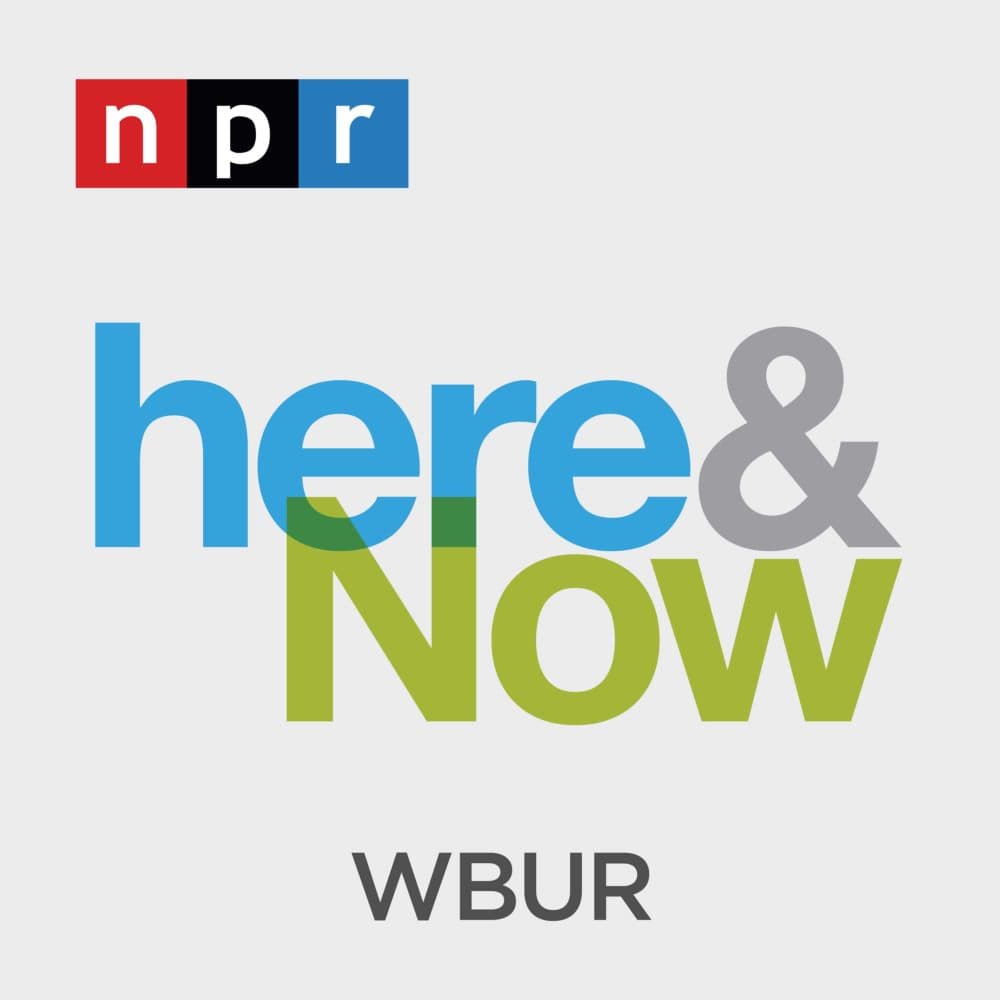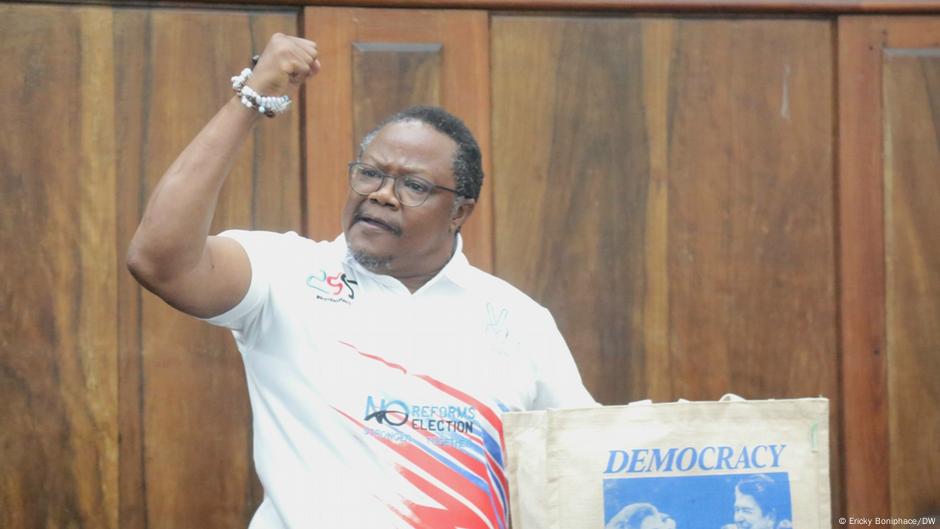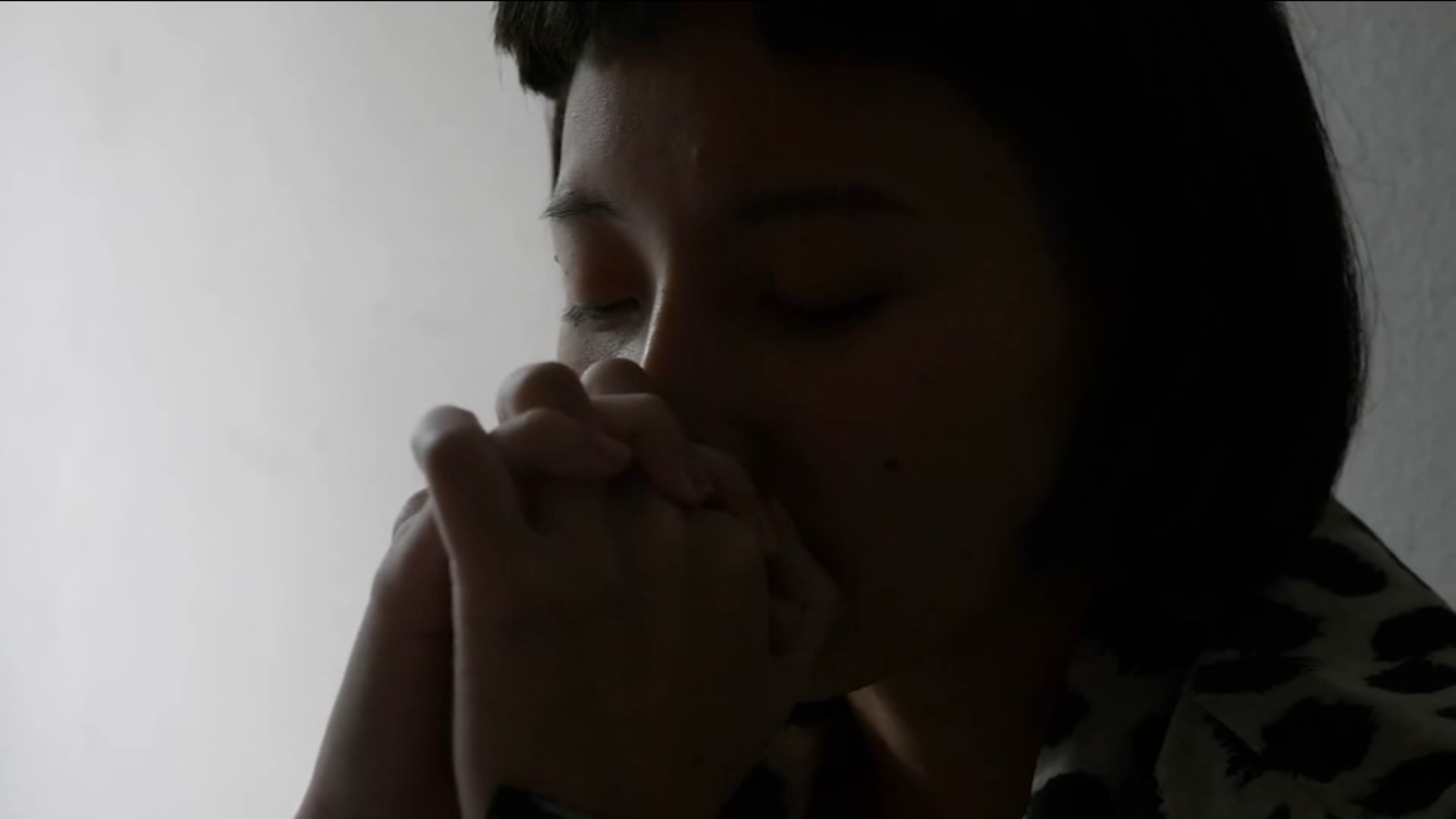BetterHelp’s Stop The Madness campaign with the WNBA breaks down mental health stigma – Medical Marketing and Media


BetterHelp Launches “Stop the Madness” Campaign to Support Mental Health in Female Athletes
Introduction and Partnership Overview
BetterHelp has initiated its “Stop the Madness” campaign through a multiyear partnership with three WNBA teams: the New York Liberty, Las Vegas Aces, and Dallas Wings. This campaign aims to spark conversations about mental health, with a particular focus on female athletes, aligning with the Sustainable Development Goal (SDG) 3: Good Health and Well-being.
Campaign Objectives and Activities
The primary goal of the campaign is to address online hate and provide support to student athletes during March Madness. The partnership includes hosting community events, in-arena experiences, and delivering educational and digital content to raise awareness about mental wellness.
- Community events such as basketball clinics
- In-arena experiences to engage fans and athletes
- Educational and digital content to promote mental health awareness
Addressing Mental Health Challenges Among Female Athletes
Female athletes face unique challenges related to mental health, including intrinsic pressure and extrinsic judgement amplified by social media. BetterHelp offers free therapy to athletes on each partnering team to support their mental health both on and off the court. This initiative supports SDG 5: Gender Equality by empowering women in sports and promoting their well-being.
- Combatting online judgement and social media pressure
- Providing accessible mental health resources
- Supporting peak performance and public persona management
Engagement with Younger Generations
The campaign also targets younger generations, who are increasingly exposed to social media pressures at earlier ages. For example, the New York Liberty hosted a basketball clinic in Brooklyn for approximately 75 middle school girls, where a BetterHelp therapist discussed the importance of physical and mental health and shared practical tools for mental wellness.
Broader Efforts and Global Impact
The “Stop the Madness” campaign is part of BetterHelp’s wider commitment to promoting mental wellness globally, contributing to SDG 3: Good Health and Well-being. Key initiatives include:
- Conducting the State of Stigma survey across 23 countries to understand barriers to therapy
- Partnering with nonprofits to provide free therapy to underserved communities, frontline mental health workers, and Gen Z students
- Donating over 2,700 months of free therapy in May
- Collaborating with media outlets to normalize therapy and reduce stigma
- Producing multimedia content such as the “People Like Me” series with Peacock and launching a dedicated podcast
Conclusion
BetterHelp’s “Stop the Madness” campaign exemplifies a comprehensive approach to mental health advocacy, emphasizing inclusivity, education, and support. By focusing on female athletes and younger populations, and by addressing stigma on a global scale, the campaign advances several Sustainable Development Goals, particularly SDG 3 (Good Health and Well-being) and SDG 5 (Gender Equality), fostering healthier, more resilient communities.
1. Which SDGs are addressed or connected to the issues highlighted in the article?
- SDG 3: Good Health and Well-being – The article focuses on mental health support, therapy access, and promoting mental wellness, which directly relate to ensuring healthy lives and promoting well-being for all ages.
- SDG 5: Gender Equality – The campaign specifically targets female athletes and addresses the unique pressures and online judgment they face, supporting gender equality and empowerment of women and girls.
- SDG 10: Reduced Inequalities – The article mentions providing free therapy to underserved communities and frontline workers, which aligns with reducing inequalities within and among countries.
- SDG 4: Quality Education – The educational events and basketball clinic for middle school girls promote awareness and tools for mental wellness, contributing to inclusive and equitable quality education.
2. What specific targets under those SDGs can be identified based on the article’s content?
- SDG 3 Targets:
- Target 3.4: By 2030, reduce by one third premature mortality from non-communicable diseases through prevention and treatment and promote mental health and well-being.
- Target 3.5: Strengthen the prevention and treatment of substance abuse, including narcotic drug abuse and harmful use of alcohol.
- SDG 5 Targets:
- Target 5.5: Ensure women’s full and effective participation and equal opportunities for leadership at all levels of decision-making in political, economic and public life.
- Target 5.b: Enhance the use of enabling technology, in particular information and communications technology, to promote the empowerment of women.
- SDG 10 Targets:
- Target 10.2: Empower and promote the social, economic and political inclusion of all, irrespective of age, sex, disability, race, ethnicity, origin, religion or economic or other status.
- SDG 4 Targets:
- Target 4.7: Ensure that all learners acquire the knowledge and skills needed to promote sustainable development, including through education for sustainable development and sustainable lifestyles.
3. Are there any indicators mentioned or implied in the article that can be used to measure progress towards the identified targets?
- Indicators related to SDG 3:
- Proportion of population receiving mental health support or therapy (implied by free therapy provided to athletes, underserved communities, and frontline workers).
- Prevalence of mental health stigma and barriers to seeking therapy (implied by the State of Stigma survey across 23 countries).
- Indicators related to SDG 5:
- Number of female athletes receiving mental health support and participating in empowerment campaigns.
- Use of digital platforms and social media to promote gender equality and mental health awareness.
- Indicators related to SDG 10:
- Number of underserved individuals receiving free therapy services.
- Extent of inclusion of marginalized groups in mental health programs.
- Indicators related to SDG 4:
- Number of educational events or workshops conducted for youth on mental health and wellness.
- Reach and engagement of educational content promoting mental wellness.
4. Table: SDGs, Targets and Indicators
| SDGs | Targets | Indicators |
|---|---|---|
| SDG 3: Good Health and Well-being |
|
|
| SDG 5: Gender Equality |
|
|
| SDG 10: Reduced Inequalities |
|
|
| SDG 4: Quality Education |
|
|
Source: mmm-online.com

What is Your Reaction?
 Like
0
Like
0
 Dislike
0
Dislike
0
 Love
0
Love
0
 Funny
0
Funny
0
 Angry
0
Angry
0
 Sad
0
Sad
0
 Wow
0
Wow
0





